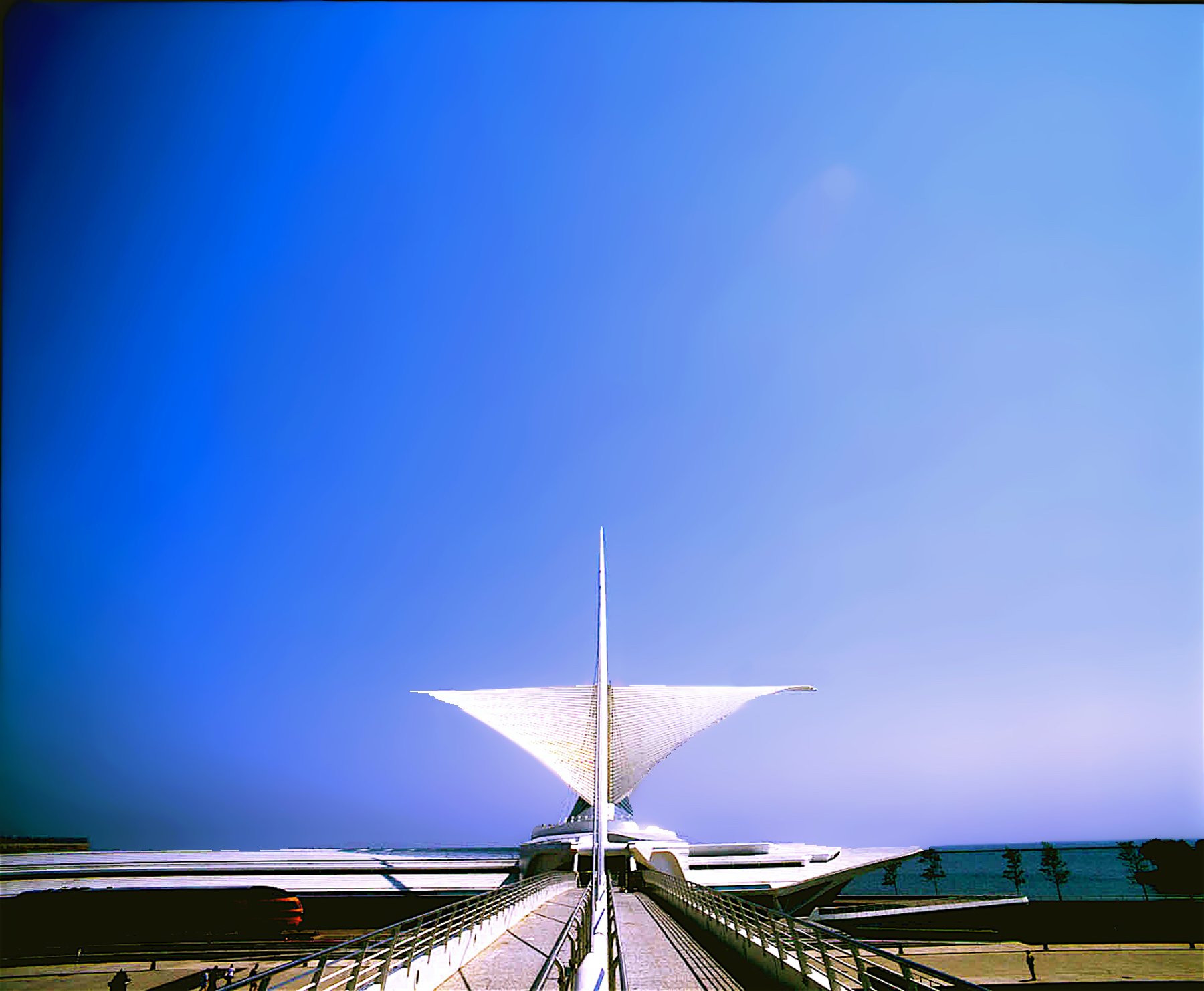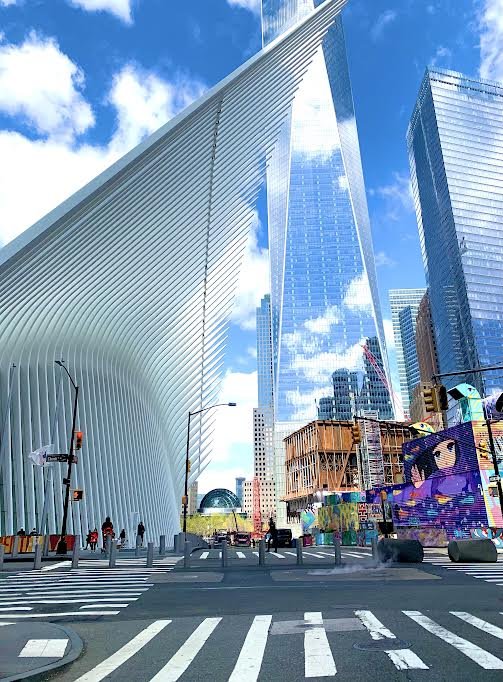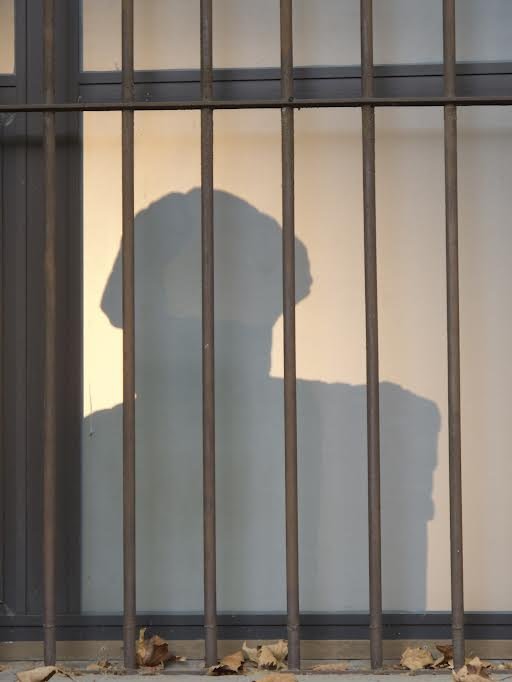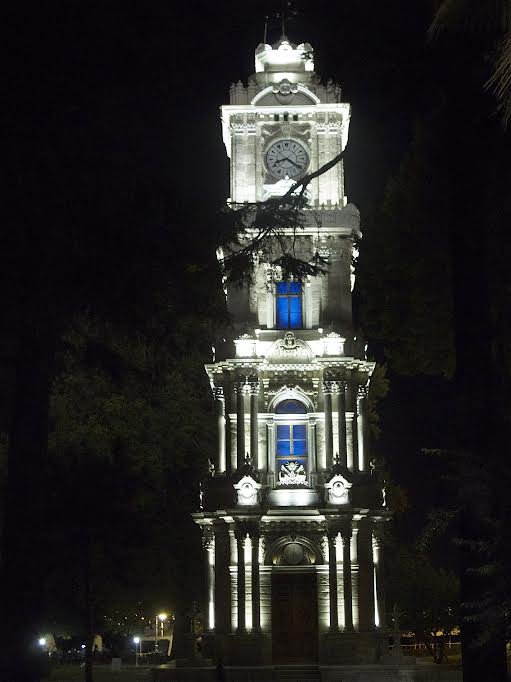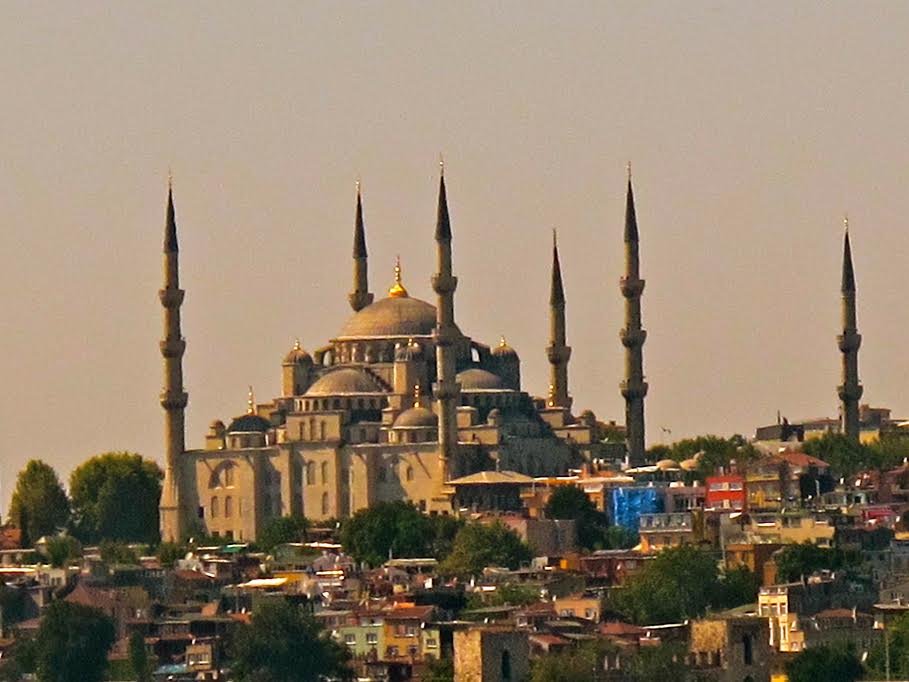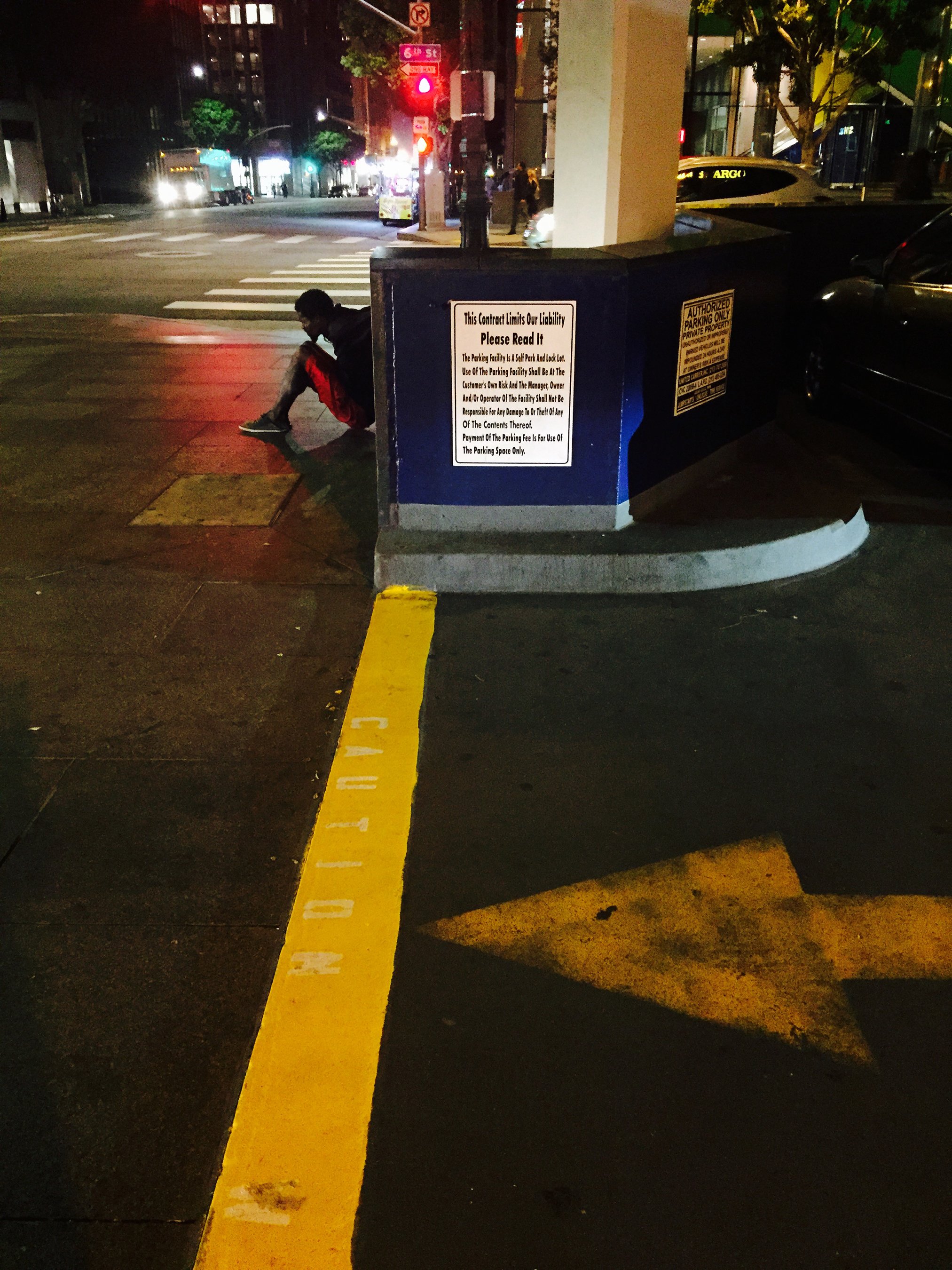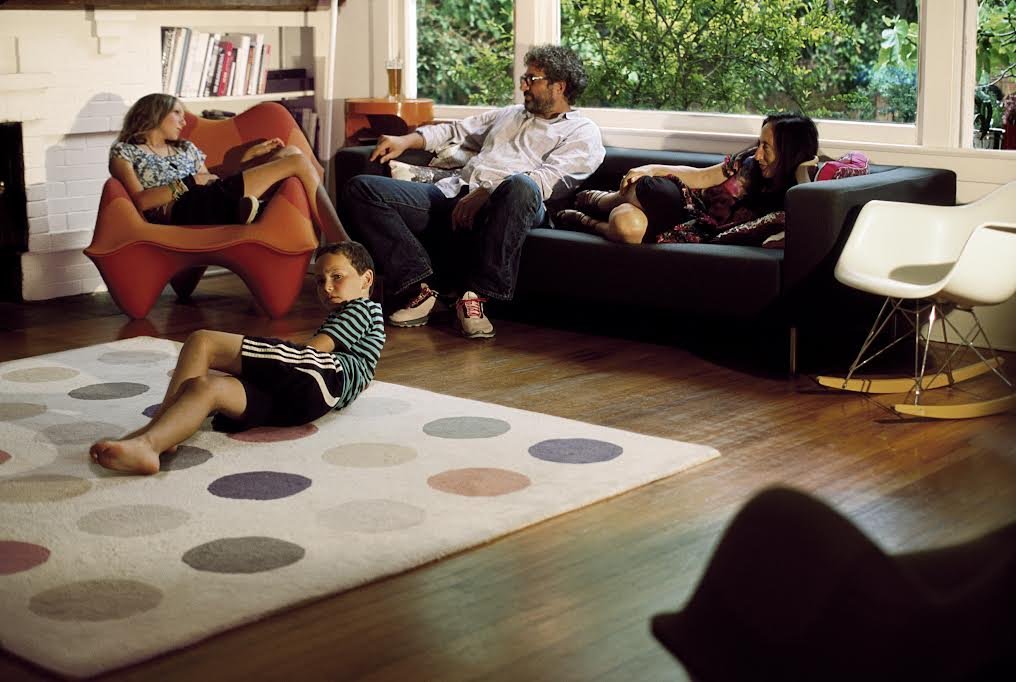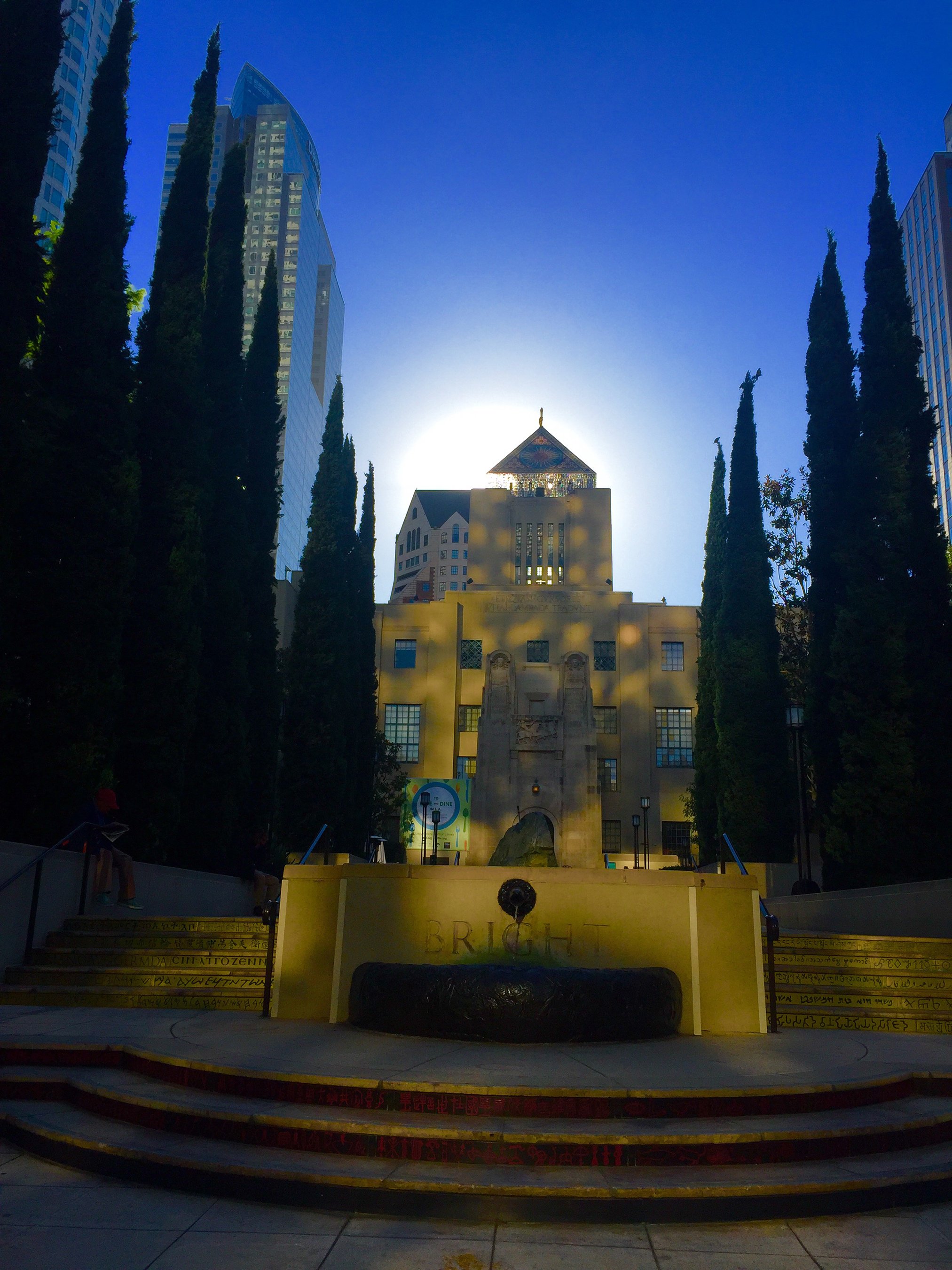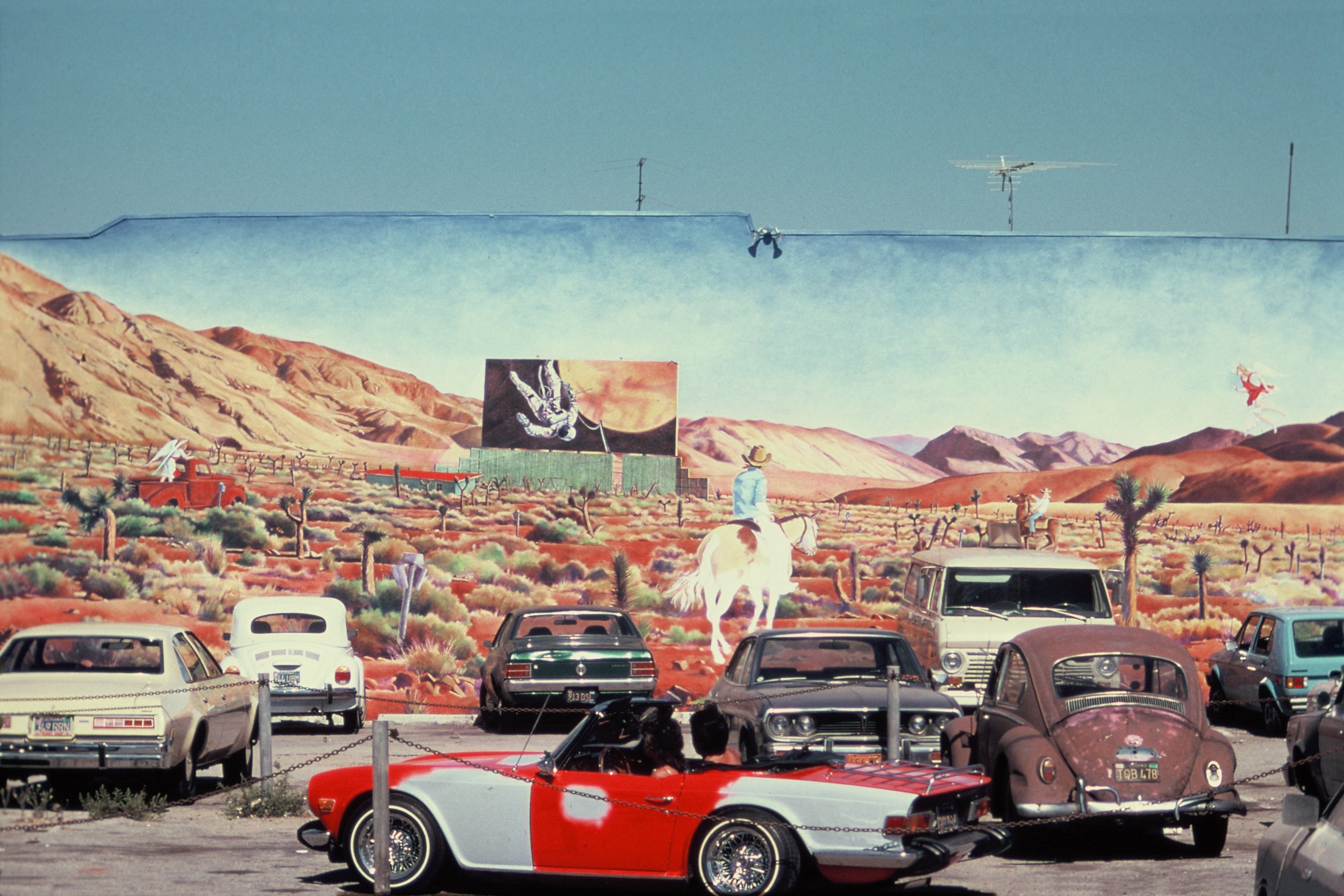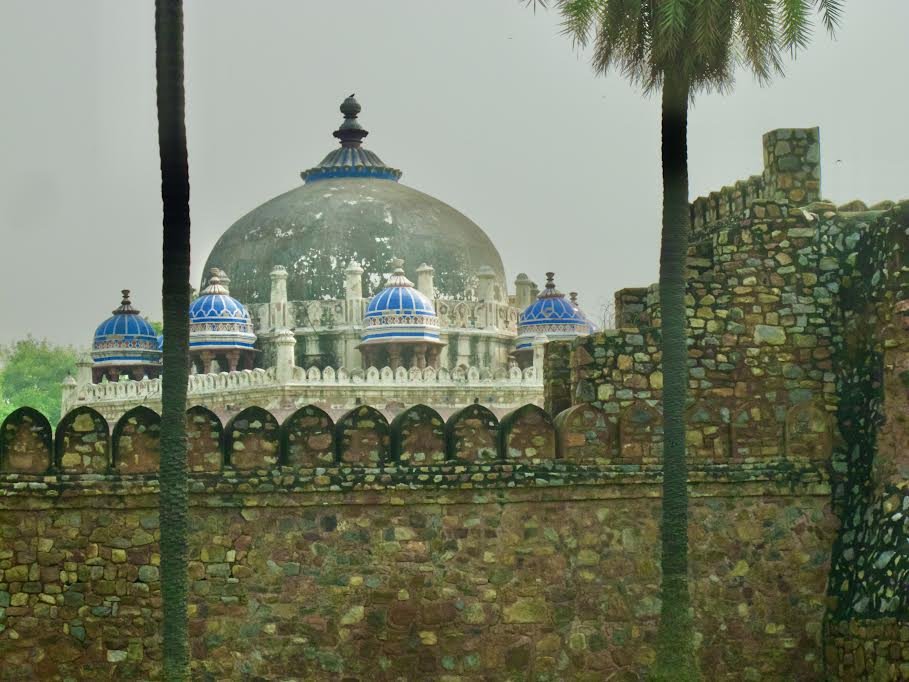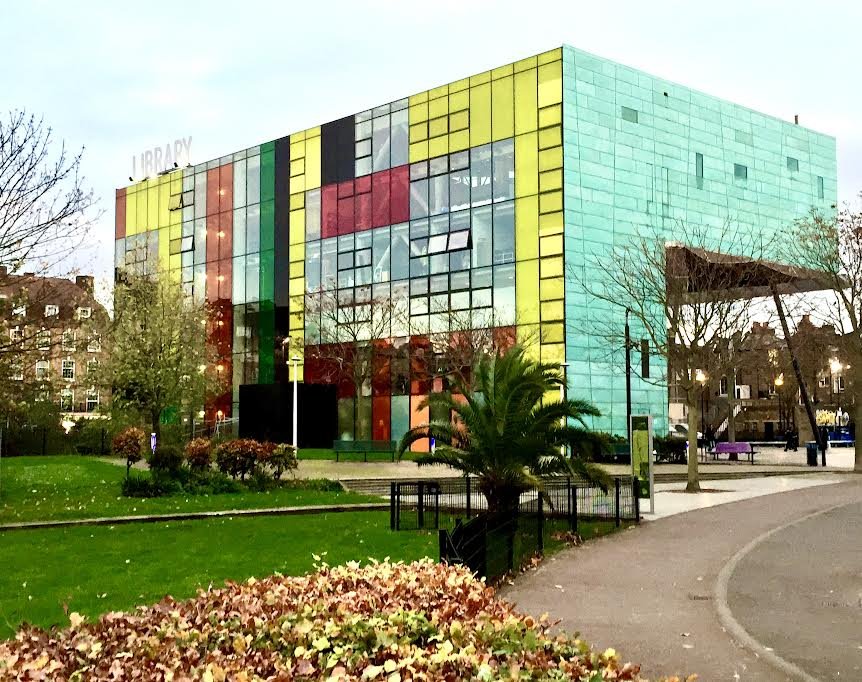Sidney Janis: Extraordinary Art Dealer
One night while dreaming about nothing, I realized I had inadvertently stepped into a ballroom dance hosted by Scientists and Sorcerers. Is there such a thing as a reality check occurring in a dream? They were odd consorts, but I was beginning to realize, that a “Rubik” mix of diversity is what made New York so unexpectedly exciting.
The very next day I received two commissions: One was from a scientist who was developing a laser for the military to shoot down enemy planes. The second commission was to photograph twenty-five famous art dealers from New York and twenty-five famous art dealers from London.
I cannot show you the laser pictures because they belong in the category of UFO’s abound. But a 3 person sampling from the 50 art dealers is a breeze.
The day started out looking like Thomas Edison’s master plan for illuminating all of New York City. A wave of circuits quietly coming to life across the city’s morning rise before the grid exploded tickling every sleeping feet in the metropolis.
I stood on the North-West corner of Fifty-Seventh and Fifth Ave. It is among the most remarkable corners in the world. Behind me sits Bergdorf’s. East of me sits Louis Vuitton. South-East sits Tiffany’s and South sits Bulgari. The cacophonous New York norm was about to envelop the city.
I seemed to reach to the skies and touch the floating holiday snowflake hovering above the four corners. Could New York’s world be mine. It sounds a bit like a science fiction conjuring with the help of a friendly Merlin. But my realities are almost always married to some kind of futuristic dreamscapes. I can’t fathom why my brain works that way.
Art Dealers have a bit of sorcery in them. They seem to magically make art desirable to the world. It is odd how some terrible artists become famous. But a bit of sorcery goes along way.
I remember listening to a dealer one day. He was explaining to a client, how fabulous the intentions of the artist were. He said to the client: “Now just watch this canvas. You will be startled to see the transformation of the artist’ palate change before your eyes. Now just watch the canvas. I am going to turn the lights all the up. I want you to see the colors as bright as possible. Voila! You see how yellow the yellow is with the lights so bright? Now I am going to dim the lights. Now pay attention! Watch how the colors remarkably change when the lights are dimmed? Now pay attention!! Voila! Can you see how the yellows in the painting have changed? That was an impossible feat by the artist! Like magic he transformed the colors before your eyes. All you have to do when you have this painting in your home is make certain you have a dimmer switch. You will then be able to entertain your family and friends with this same remarkable reality the artist has created. You cannot forget the dimmer switch!”
Arne Glimcher: Extraordinary Art Dealer
Three Generations of Art Dealers:
My day With Sidney Janis, Arne Glimcher and Mary Boone was another reality. But instead of mumbo jumbo from a conning art dealer, their conversations with me were about artists who transformed the idea of artist in the second half of the 20th century.
Sidney Janis shared his heart on his sleeve and passions for Pollock, Guston. Kline and Motherwell. Arne Glimcher was a listener. He wanted to know about me. But he also wanted to know what I thought of Louise Nevelson, Rauschenberg and Dubuffet. Mary Boone was raising the temperature in the art world representing Basquiat, Bleckner, Fischl and more. The dealers talked about art that mattered. They talked about the present state of art as it spoke to the past and the future. All I had to do that day was follow their lead and listen.
My early days as a photographer of people are remembered by me almost as an apparition. The days were so remarkably real. They were so long ago it is hard to believe how illuminating those moments were for me. How the days and sessions affected my perspective and emboldened my march forward is amazing. It was just a day with three remarkable art world movers and shakers that spilled over into a lifetime of memories.
Mary Boone: Extraordinary Art Dealer







